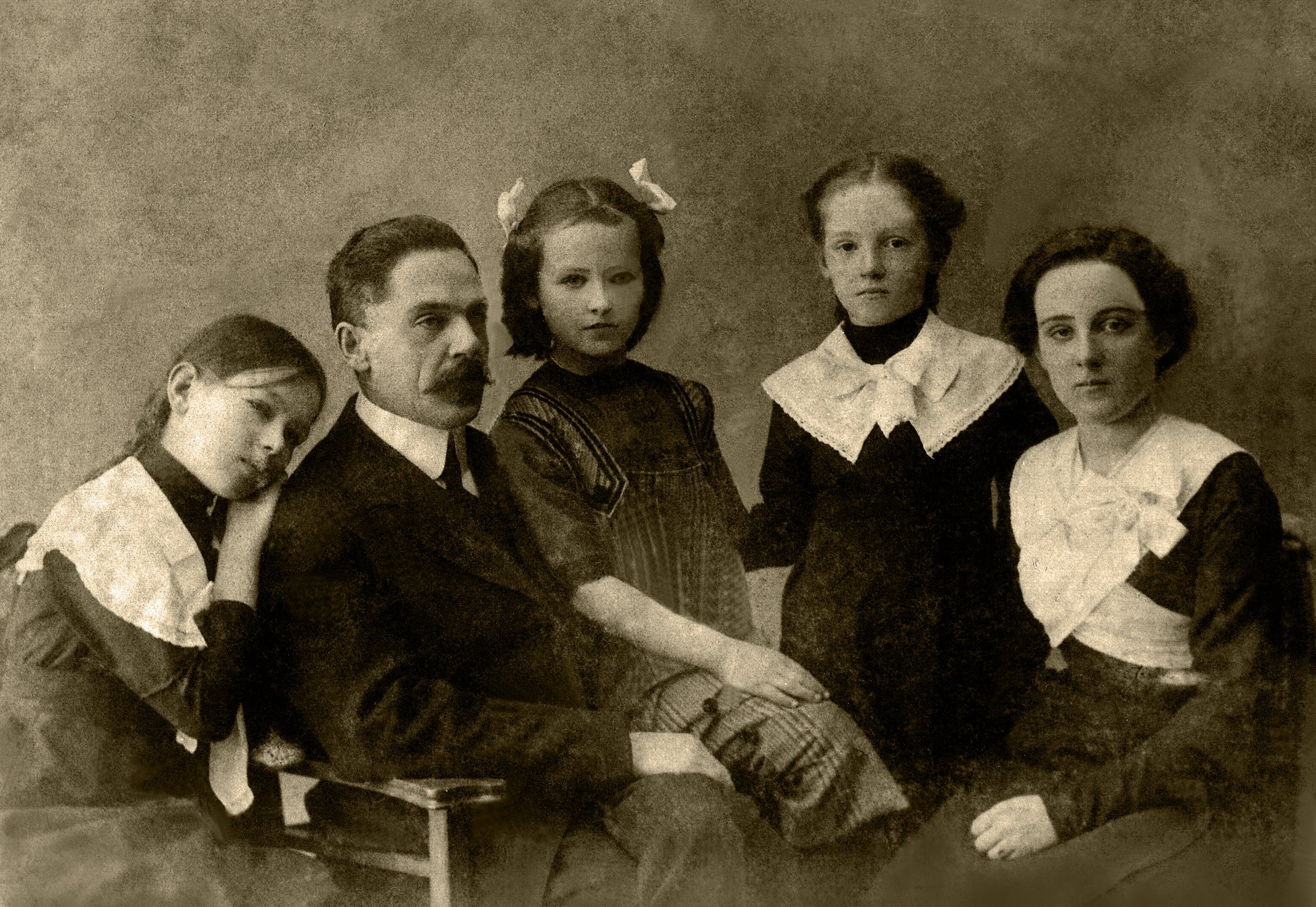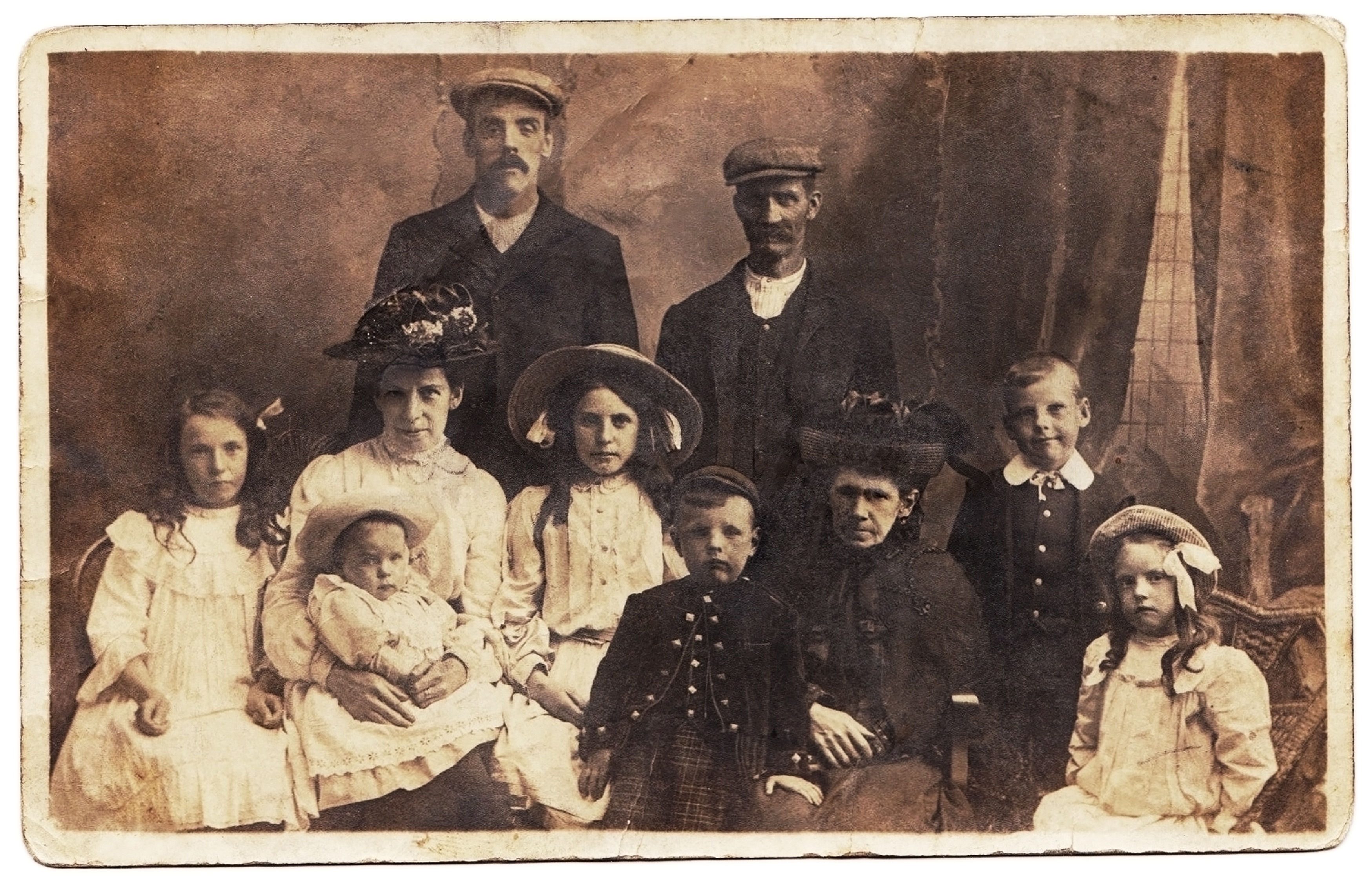
10 Creative Ways to Make Your Family History Come Alive
10 CREATIVE WAYS TO MAKE YOUR FAMILY HISTORY COME ALIVE
A family history is a treasure to cherish—one well worth the effort that goes into creating it. It’s a labor of love that uncovers the past, empowering and inspiring family members present and future.
Part of the challenge you tackle when building your family’s story lies in finding a creative and imaginative way to present it. This article will explore 10 formats to make your family history come alive.
Why is taking a creative approach to a family history book important?
The approach you take to creating books on family history is important for several compelling reasons:
- You want to captivate your readers’ attention and sustain their interest. Incorporating storytelling methods, visual elements, and interesting layouts makes the historical account more emotionally engaging. The format you choose can help your loved ones form a deeper connection to their roots.
- A creative format can add a layer of personalization to your book. It can transform a dry recitation of facts and dates into a vivid, memorable journey through time. Creative elements like anecdotes, quotes, and visuals inject life into the characters, making them more relatable.
- By weaving family traditions, recipes, and personal stories into the narrative, you preserve the details of your family’s unique culture for future generations, giving them a connection to their familial and cultural heritage.
- A creative family book can pique the curiosity of younger family members. It can instill a sense of pride in their family’s accomplishments and foster a desire to carry on its traditions and values.
Next, let’s take a look at some imaginative ways family historians can present their heritage.
10 Creative Ways to Present Family History
Presenting family history creatively does not mean writing a fairytale. Instead, it requires thinking outside the box. Consider the following approaches:
Ancestral Timeline
With this format, a family history book, a.k.a ancestry book, is structured as a chronological timeline, beginning with the earliest known ancestors. Entries could look like this:
- 1800: John Smith born in England.
- 1830: John Smith immigrates to the United States.
- 1865: John Smith’s son, James Smith, marries Mary Johnson.
Dates, names, and events, accompanied by photos and documents, describe the family’s journey succinctly.
Although timelines are traditional, multimedia tools can give them an updated appeal. A timeline in e-book form can take full advantage of multimedia audio and video tools that add depth to text.
Narrative Biography Collection
Focusing on family members individually can greatly enhance your narrative. Consider these examples:
- A chapter entitled “A Life of Adventure: The Story of John Smith” could detail his travels and experiences.
- A section called “Mary Johnson: A Woman Ahead of Her Time” might explore her achievements and societal contributions.
By weaving personal anecdotes, historical context, and photographs into these narratives, readers gain a deep understanding of these family members’ lives.
This biographical content can also serve as a vehicle to tell a larger story about the times in which family members lived.
Heritage Recipe Book
A heritage recipe book isn’t only about ingredients and steps. It’s also a heritage cookbook about building a cohesive narrative with food as the main character. For instance:
- “Grandma’s Apple Pie” could include the recipe itself, a photo of the pie, and stories about special occasions when it was baked.
- “Dad’s Famous BBQ Marinade” might feature a recipe card, a picture of the grill, and memories of summer cookouts.
Recipe books are a great way for family historians to pay tribute to their family’s ethnicity and cultural background. Food, after all, is a subject everyone can relate to.
Multimedia Scrapbook
Physical scrapbooks are a common but effective way of cataloging snapshots of people and events. A multimedia scrapbook can take this traditional concept to another level. Family historians can incorporate elements like:
- A pocket containing a letter written by a family member during World War II.
- A page with a folded map showing a family road trip route.
- Handwritten notes from loved ones.
Using multimedia elements within a scrapbook makes viewing memorabilia an exploratory adventure.
Time Capsule Book
A time capsule focuses on family members’ lives during certain eras or decades. Similarly, time capsule books present information, memorabilia, and artifacts connected to a historical period. For example:
- The 1950s section could include photos of family members in classic 1950s attire, advertisements from the era, and significant family events.
- The 1980s section might feature snapshots of family members with big hair and boomboxes, interspersed with pop culture references.
This approach works especially well for newer generations unfamiliar with the styles and artifacts of the past.
Location-Based Exploration
This structure centers on location rather than a timeline. It’s useful for families that have moved around quite a bit or transitioned from one location to another. Immigrant families, for example, can utilize this format to build a before-and-after narrative. Consider using it for stories like these:
- “Roots in Ireland” could include maps of ancestral villages, photographs of Irish landscapes, and stories of immigration.
- “The New World: Settling in the Midwest” might feature pictures of family farms, local landmarks, and tales of early American life.
A geographical structure helps families connect with both their distant roots and growth in a new location.
Family Tree Ancestry
Books on family tree are staples of genealogy, and that’s still true in the digital age. Today’s interactive multimedia family trees provide options for readers to click on photos and artifacts to learn more. For instance:
- The tree’s branches could be adorned with clickable portraits of ancestors.
- Individual clickable roots could offer more information about the family’s diverse places of origin.
Keep in mind that trees can be as simple or elaborate as desired.
Historical Context Companion
With this approach, family history runs parallel to major historical events and eras. It allows readers to see how external events influenced family history and vice-versa. Consider using:
- Timelines highlighting key world events alongside family milestones.
- Photographs of significant historical figures or landmarks.
This approach illustrates ancestors’ roles in, and interactions with, historical events. It could be used to chronicle life during the Great Depression or how family members served during World War II.
Generational Portraits
Photographic portraits of successive generations can be stylized to fit the spirit of their times. Consider the following:
- The “Silent Generation” could be depicted with sepia-toned photos and stories of experiences during the Great Depression and World War II.
- “Baby Boomers” photos might feature vibrant images from the 1960s and 1970s, along with anecdotes about cultural and societal shifts.
Stylized photos let newer generations visualize societal transitions from one era to another.
Genealogical Mystery Book
Genealogical mystery books purposely leave out key names, dates, and information to entice readers to fill in the gaps. Consider these possibilities:
- Include a page with a cryptic letter or diary entry and challenge readers to decipher its meaning.
- Incorporate a “missing branch” of the family tree and encourage readers to do their research and connect the dots.
Family history mysteries serve as devices to keep readers interested in the narrative. For instance, a mystery may involve the search for biological parents or a long-lost sibling. These “missing branches” can be intriguing, especially when solving the mystery will answer key questions family members may have.
Tips for Writing a Creative Family History Book
When you’re ready to produce a creative family history narrative, the following tips can be helpful:
Define clear objectives.
Begin by establishing goals for your book. Defining its purpose and intended audience upfront will help shape the book’s content and style. Ask: Is it a personal project, a gift for family members, or an educational resource?
Conduct thorough research.
Extensive research is the foundation of a comprehensive family book. Diligently collect family members’ genealogical records, photographs, letters, diaries, and oral histories. Get access to archival sources and historical records to enrich the narrative.
Organize methodically.
Organize the material you’ve gathered, categorizing information by family branches, generations, or geographical locations. This systematic approach helps ensure you can easily access relevant data during the writing process.
Choose a unique narrative angle.
Infuse creativity into your family history book by choosing a unique narrative angle or theme. It could revolve around a central figure, a specific era, an overarching family value, or a shared passion. A thematic focus adds depth and interest to the narrative.
Create a structured outline.
Before you begin writing, create a well-structured outline. This outline should delineate the order of chapters or sections and provide a clear roadmap for the content. It will serve as a guiding framework for building a coherent narrative.
Adopt engaging storytelling.
To captivate your readers, adopt a storytelling approach. Weave anecdotes, personal accounts, and dialogue into the narrative to bring family members and their experiences to life. Include historical context to give current readers a better understanding of the times in which their ancestors lived.
Integrate visual elements.
Visual elements are essential to make a family history book. Strategically integrate photographs, illustrations, maps, and family memorabilia into the narrative. Each addition should complement the text and enhance the reader’s understanding and engagement.
Incorporate interactive features.
For an interactive reading experience, incorporate family trees, timelines, or QR codes linked to audio or video recordings. These features allow readers to delve deeper into their family’s history.
A Final Thought
Using creative elements in building a family history book can help create an engaging account for future generations to love. A creative medium can infuse a potentially dull or dry narrative with a breath of fresh air.
As a family history author, don’t be afraid to experiment until you find the right mix of traditional and modern elements. Time and effort spent in choosing the best approach will result in a better book—one you and your family will want to return to often.
Related Content
- 0 Comment
Subscribe to Newsletter
- How Can SharePoint Be Used To Organize and Disseminate SOPs?
- Planning the Perfect Genealogy Research Trip: A Step-by-Step Guide
- From Silly to Awesome: How Words Change Meaning Over Time
- The Psychology of Font Choice: How Typography Impacts Content Engagement
- How to Distribute SOPs for Maximum Usability






